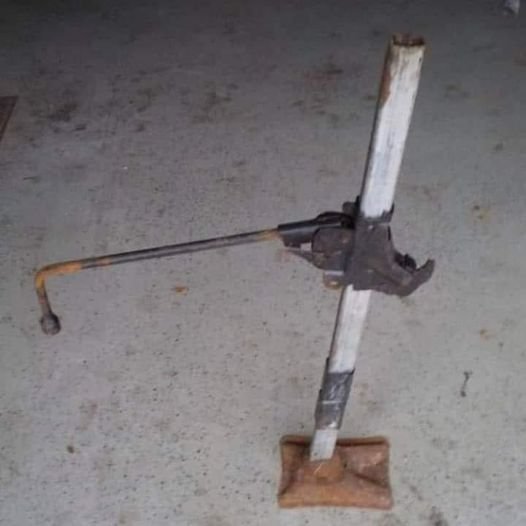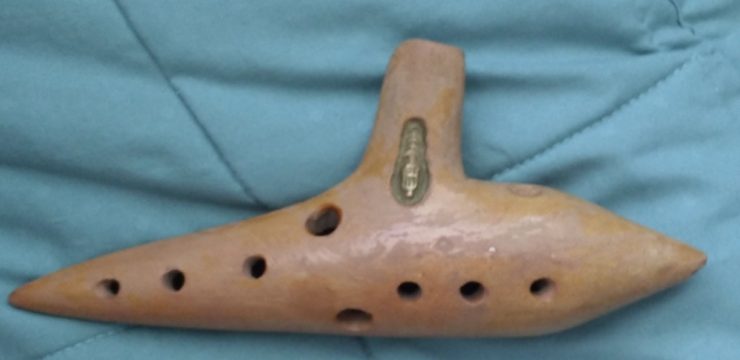It’s funny how times change, especially when it comes to basic skills that were once second nature to our parents and grandparents. One perfect example? The old-fashioned car jack. Ask someone from an older generation, and they’ll probably have a story or two about learning how to change a tire. But nowadays, younger folks might not even recognize some of the tools that were essential back then.

Just take a look at a classic car jack. Once an absolute necessity for anyone who drove a car, it’s now a bit of a mystery for many people. Let’s take a walk down memory lane and hear from a few folks who remember exactly how to use this simple but crucial tool.
The Classic Lesson of Changing a Tire
One person shared their memory of learning how to change a tire with a car jack:
“Way back when I was learning to drive, my daddy first showed me how to change a tire. He didn’t just explain it; he made sure I did it myself while he watched. It was one of those lessons I didn’t appreciate at the time, but years later, I’ve realized how valuable it was. Even though I haven’t changed a tire in years, I still remember the process.”
For many people who grew up in an era before smartphones and roadside assistance services, changing a tire was a life skill you needed to master. And the trusty car jack was the tool that made it possible. If you had a flat tire on the side of the road, there was no calling for help—you had to roll up your sleeves and get to work.
The Handy Car Jack
Another commenter reminisced about how essential the car jack was:
“Car jacks were a must-have for changing flat tires! 😊”
That’s right—no car was complete without one. Whether it was a compact jack stored in the trunk or a heavier-duty model, you needed it to lift the car up and swap out the flat tire for a spare. Modern car jacks are often more advanced and easier to use, but older versions required a bit of manual effort. You had to crank the handle to lift the car, and depending on the model, it could be a workout!
Remembering the Tripod-Style Jack
One person recalled a specific type of car jack from their childhood that’s rarely seen today:
“I’m very familiar with these jacks. I remember my dad had one that was a tripod style, with three legs and a handle on top that you’d crank to lift or lower the car. It also had a claw that hooked under the bumper. Does anyone know what type of jack that was?”
The tripod-style jack, with its three sturdy legs and crank handle, was designed to provide extra stability. It was a popular choice back in the day, especially for heavier vehicles. The claw-like mechanism that hooked under the bumper was a common feature, allowing the jack to securely lift the car for tire changes. These jacks took some effort to use, but they were dependable and built to last.
From Daily Tool to Forgotten Relic
It’s funny to think about how essential car jacks once were, and how unfamiliar they are to many people today. With roadside assistance services just a phone call away, most drivers don’t even think about changing a tire themselves anymore. It’s a skill that’s becoming less common with each generation, and many young people might not even know what a traditional car jack looks like, let alone how to use one.
While modern conveniences have made life easier in many ways, there’s something satisfying about knowing how to handle car troubles on your own. The old-school car jack represents self-reliance and resourcefulness—traits that, while not as necessary today, are still worth remembering.
Though the car jack may not be as common in today’s world of advanced technology and roadside services, it holds a special place in the memories of those who used it. For many, it represents a simpler time when knowing how to change a tire was a rite of passage and an essential life skill. Today, it stands as a symbol of how much things have changed and how some useful skills are becoming rarer by the day.
This version maintains the core message of the original content while expanding to meet the 550-word requirement and ensuring it’s appropriate for an American audience.





